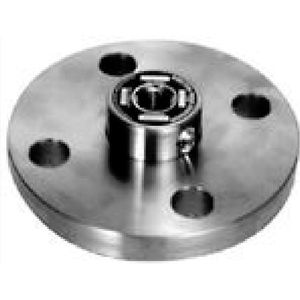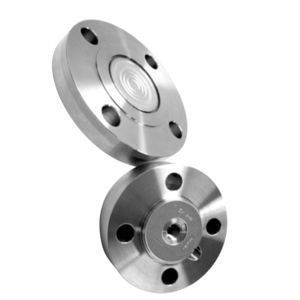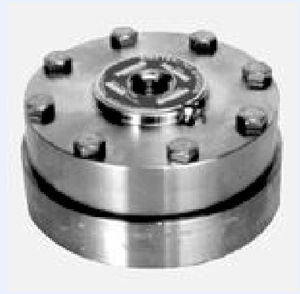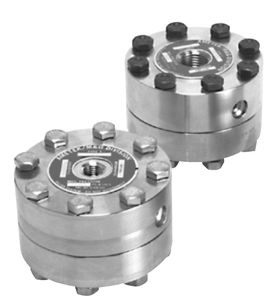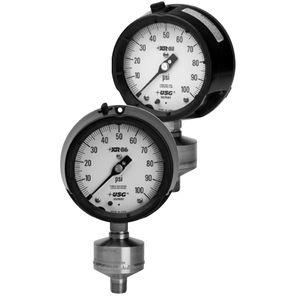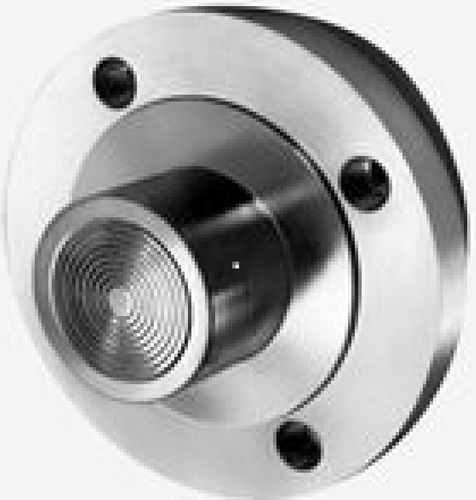
Diaphragm seal with flange connection SCE process
Add to favorites
Compare this product
Characteristics
- Installation system
- with flange connection
- Domain
- process
Description
Type SCE Series flange-attached diaphragm seals may be used in any application where piping and/or insulation requires the diaphragm to extend into the tank or flow stream of the process media.
These seals have slip-on flanges for ease of installation and alignment. The extension body is designed to fit into a 3” or 4” Schedule 40 pipe. Extension lengths of 2”, 3”, 4”, 6”, and 8” are available. Other lengths and diameters are available on special request.
The SCE model diaphragms are TIG welded to the extension. The metal seal body and diaphragms are available in 316L low carbon stainless steel or HASTELLOY® C276. The slip-on flange design simplifies the installation and alignment of bolt holes. Standard flanges are zinc plated carbon steel. Other materials are available on special request.
SCE series seals are furnished with Class 150, 300, or 600 ANSI standard flanges. Operating pressure is limited to the ANSI flange pressure and temperature ratings.
FEATURES
• - Extended diaphragm seals are idéal for tank applications
• - Continuous duty
• - Slip on flange design simplifies installation
• - Materials available for corrosive applications
• - Fumished with ANSI Class 150, 300, or 600 flanges
• - Standard volumétrie displacement is .13 cubic inch
Pressure vs. Volumétrie Displacement
Displacement curves are provided to assist in selecting a diaphragm seal with minimal full span displacement bias effects. This graph is for reference only and may not accurately represent the maximum displacement that may be used. Contact AMETEK for exact spécifications.
Catalogs
Type-SCE-Series
1 Pages
Product Selection Guide
12 Pages
Related Searches
- Pressure transmitter
- AMETEK pressure gauge
- Level probe
- Analog pressure transmitter
- Liquid level probe
- AMETEK analog pressure gauge
- Stainless steel pressure transmitter
- Membrane pressure transmitter
- Relative pressure transmitter
- Analog level probe
- AMETEK stainless steel pressure gauge
- AMETEK level transmitter
- AMETEK dial pressure gauge
- AMETEK threaded pressure gauge
- AMETEK liquid level transmitter
- Absolute pressure transmitter
- AMETEK process pressure gauge
- AMETEK gas pressure gauge
- AMETEK Bourdon tube pressure gauge
- Gas pressure transmitter
*Prices are pre-tax. They exclude delivery charges and customs duties and do not include additional charges for installation or activation options. Prices are indicative only and may vary by country, with changes to the cost of raw materials and exchange rates.








